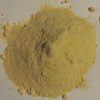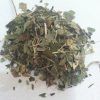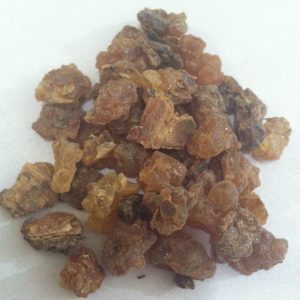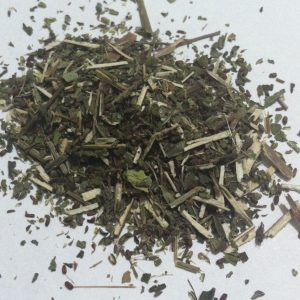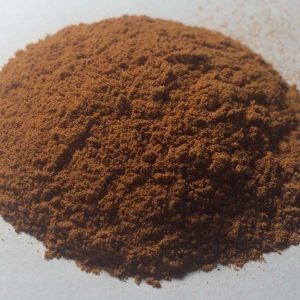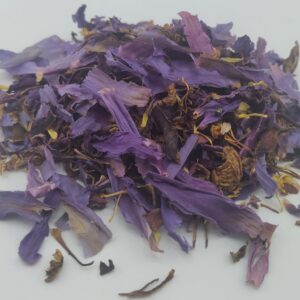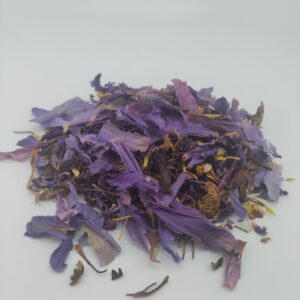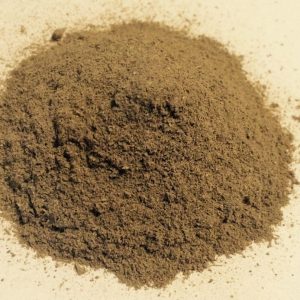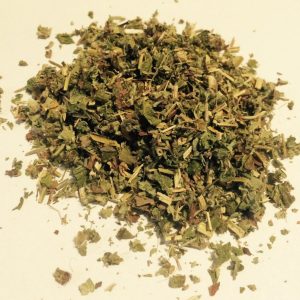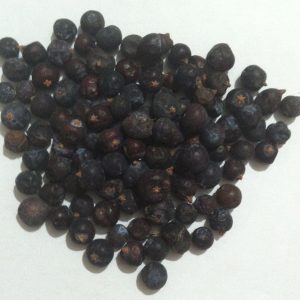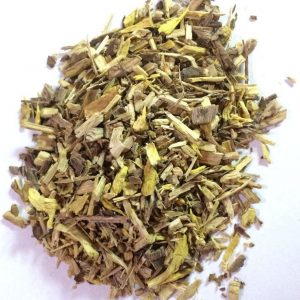Description
Also known as Valeriana officinalis. Common Valerian, European Valerian, Valeriana and Allheal.
Introduction Valerian is a perennial plant, native to Europe and parts of Asia. It grows in meadows and woodlands within moist, temperate climates and has since been naturalized in North America. The plant grows up to two meters high and produces small clusters of white or pink flowers. The flowers have a sweet, pleasant scent, in distinct contrast to the medicinal roots of the plant. The root system consists of a vertical rhizome and an abundance of smaller rootlets which are harvested and dried at temperatures less than 105 degrees Fahrenheit. The roots have a pungent odor, considered unpleasant by many and sometimes compared to the smell of sweaty socks. Cats are highly attracted to the scent in the same way that they are catnip, having a tendency to bite the root and rub against it. The odor is also attractive to rats, as legend has it that the Pied Piper of Hamelin used valerian to attract the rats when luring them out of town.
Parts Used Dried root.
For educational purposes only This information has not been evaluated by the Food and Drug Administration. This information is not intended to diagnose, treat, cure, or prevent any disease.




